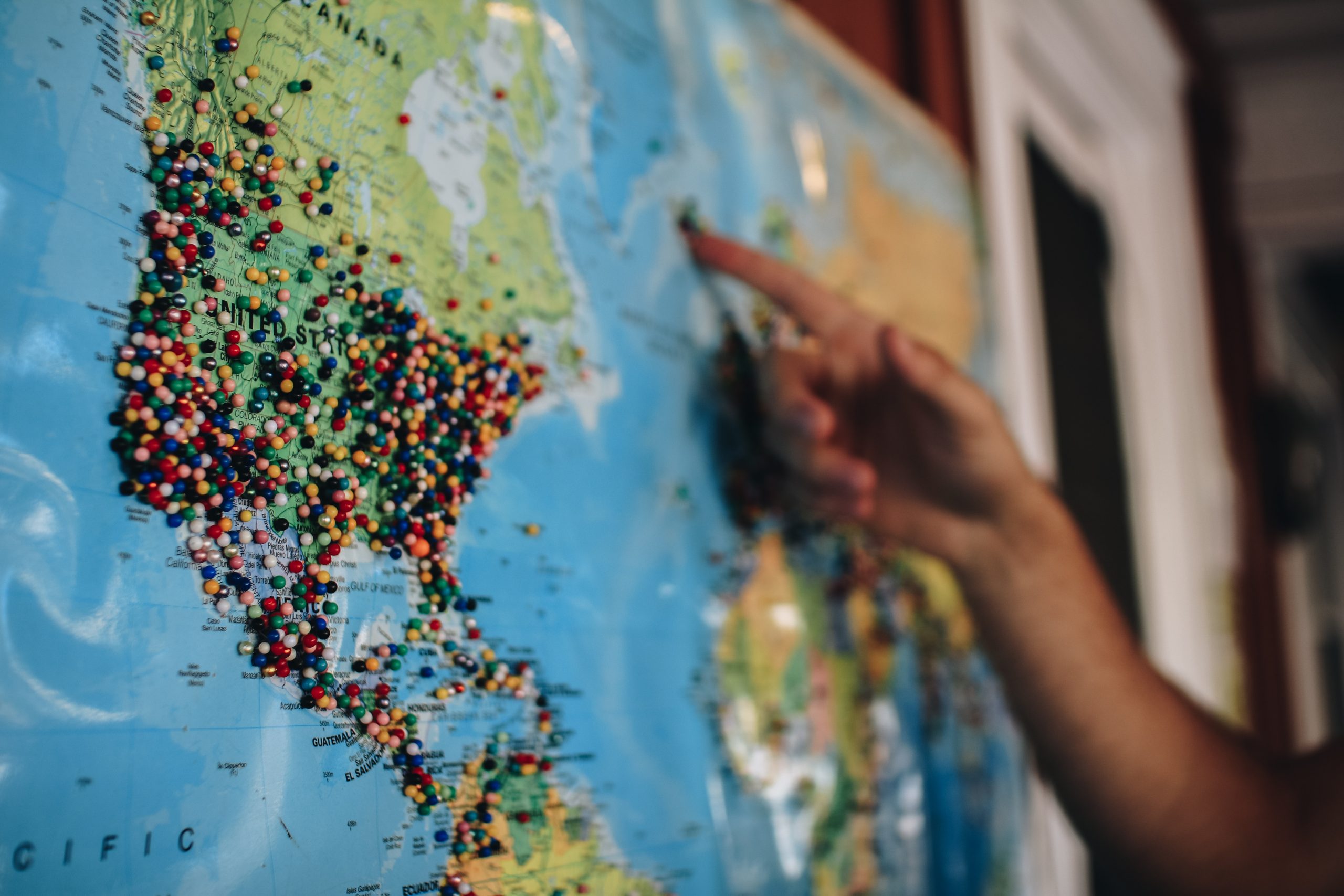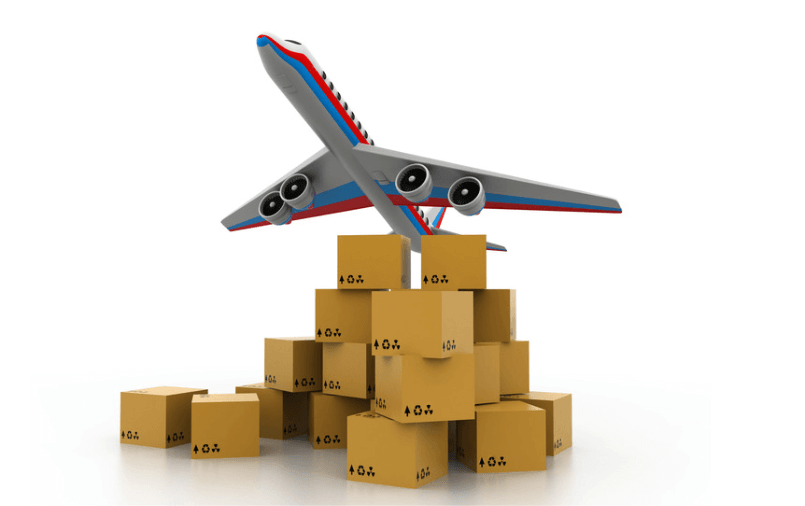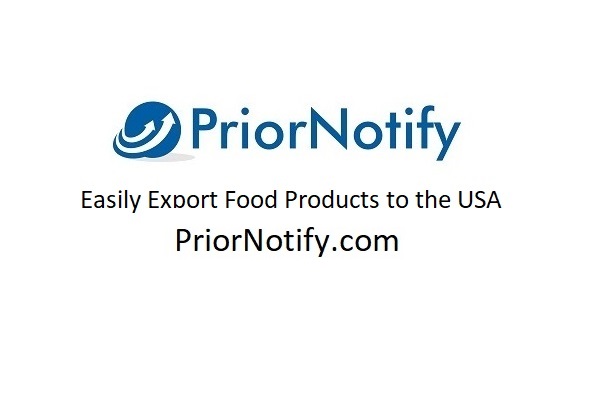The What, Why, and How of US FDA Prior Notices
One hurdle to overcome is the US FDA prior notice process. This article will explore what a prior notice is, when it is needed, and how to complete it.
What is Prior Notice?
Prior notice is an electronic notification submitted to the Food and Drug Administration, FDA, before food and beverage are shipped to the United States. Prior notice must be received, confirmed, and approved before the food and beverage shipment is allowed into the US.
Prior notice on imported food and beverage was mandated by the Public Health Security and Bioterrorism Preparedness and Response Act of 2002. Through the Bioterrorism Act, the FDA is directed to take measures to ensure food and beverages in the United States do not pose any risk to its consumers.
To better understand the concept of this FDA prior notice, think of it as similar to a visa that a person would need to visit or move to another country.
A visa requires a lengthy application with background information, screening of said application, possibly an interview, and then a decision on whether or not the applicant is granted the visa.
For example, a person from China would need to complete an extensive visa application to be considered for entry into the United States.
The visa application asks for background information to evaluate the person’s credibility and risk to the destination country. The application requires information about the person (i.e., name, age, marital status, address, nationality, passport), the person’s career, family, education, destination, and purpose of visit.
Similarly, the US FDA prior notice is a consumable product’s application requesting entry into the United States containing detailed information about the product and its related enterprises.
What Information is Needed on a Prior Notice?
Similar to a visa, a prior notice submission contains detailed information about the consumable goods and enterprises related to the goods and their shipment. The prior notice submission includes information about the following:
- Items themselves – what is it that is being sent
- Sender of the goods – who is sending the goods
- Recipient of the goods – who is receiving the goods in the United States
- Packaging – how are the goods are packaged
- Quantities of the goods- how many and how big are the goods
- Manufacturer information – who made the goods
- Shipper information – who is handling the shipping of the goods
All of this information is required by the FDA to determine the consumable good’s trustworthiness and level of risk.
When Do You Need a Prior Notice?
A US FDA prior notice submission is required for all commercially imported food and beverage and dietary supplements that are consumed by humans, and animal feed.
Prior notice is required regardless of the means of transit, whether it be by air, rail, car, or ship. A US FDA prior notice submission is also required regardless of who handles the importation: an importing agency, international mail, or a person.
Commercial exporters of goods need to have one prior notice for each item in the shipment. For instance, if your company is mailing a box to the United States that contains a jar of honey, a tin of tea, and a box of biscuits, you will need three prior notices.
There are two important instances where prior notice is not needed. The first: an individual buys food abroad, and mails it home to him/herself in the United States. The second: an individual creates homemade food or beverage for non-commercial purposes, and mails it to another individual in the United States.
The US FDA website states that food and beverages mailed for non-commercial purposes do not need prior notices. International post offices recognize this as well. International postal sites such as Japan Post indicate that international mailings of non-commercial foods only require an explanation of contents on the Customs Declaration Form. From our own international shipping experience, we have mailed food from around the globe as non-commercial travelers without prior notice, only a Customs Declaration Form.
To illustrate the different situations surrounding prior notices, let’s take a look at a few scenarios:
- If you are a tea producer located in China and wish to ship a large quantity of your tea to a retail shop in the United States for resale, the shipment must have prior notice. (Commercial purpose)
- If you are a Swedish retailer mailing a small box of locally-produced candies to a customer in the United States, the box must have prior notice. (Commercial purpose)
- If you are a US wine importer and wish to import several cases of Portuguese wines, the wines must have prior notice. (Commercial purpose)
- If you run a subscription box company from Brazil, and include food items in your monthly boxes mailed to the United States, your mailings need to have prior notices for the food items. (Commercial purpose)
- If you are a US American traveling in Japan, purchase an array of yokan, dried ramen, and matcha Kit-Kats, package it and mail it home through international mail, the box does not need prior notice. (Non-commercial purpose)
- If you live in Germany mailing a care package of your homemade Lebkuchen and Vanillekipferln to your child attending university in New York, your package does not need prior notice. (Non-commercial purpose)
- If you are a US American returning from vacationing in Mexico, bringing back packaged Mexican cookies in your luggage, your luggage does not need prior notice. (Non-commercial purpose)
How Can I Submit a Prior Notice?
There are two systems that the FDA and U.S. Customs and Border Protection (CBP) use to accept prior notice:
1. The FDA’s Prior Notice System Interface (PNSI), and
2. The CBP’s Automated Commercial Environment (ACE).
The ACE system is available to importers, brokers, port authorities, and carriers to submit customs documents before shipping. The ACE system was created and established by the CBP in association with other government agencies including the FDA. The ACE system not only submits prior notices but also addresses other aspects of larger import/export processes such as manifest, cargo release, post-release, export, and partner government agencies. Prior notices submitted through the ACE operate through an interface in the system that transmits the prior notice to the FDA.
The Prior Notice Systems Interface is for companies and individuals who cannot or choose not to use ACE. A big differentiator between the two systems is that PNSI is used for food and beverage shipped through international mail (i.e., subscription boxes, drop-shipments, and smaller quantities of goods not needing freight shipping. Companies and individuals can create their accounts on the PNSI which is a web-based system where detailed information about the food being shipped is recorded into a “Web Entry.”
When to Submit Prior Notice?
Through the PNSI, prior notice submissions may be made up to 15 days in advance of the consumable goods arriving at the first US port of entry.
Through ACE, prior notice may be submitted up to 30 days in advance of scheduled arrival.
Regardless of which system is used, there is a minimum timeframe by which all prior notices need to be submitted. The minimum is contingent on the mode of transportation, and is as follows:
- Truck/Pedestrian/Cart/Car – 2 hours before arrival
- Air/Rail – 4 hours before arrival
- Vessel- 8 hours before arrival
With strict minimum and maximum time restrictions on prior notices, time is really of the essence with submitting a prior notice, having prior notices approved, and shipping/mailing consumable products.
What Happens if I Mail or Ship Consumables without a Prior Notice?
If you think completing and submitting a prior notice is not worth the time, and are considering willfully violating this mandate, think again. Those who fail to submit a timely and accurate prior notice for the required consumable goods face a variety of enforcement actions from the FDA and CBP. When violations occur, the FDA and CBP consider the seriousness of the violation and the frequency. Some consequences for prior notice violations include refusal, holding, or seizure of the goods attempting to enter the United States, in addition to possible prosecution, and/or financial penalties.
Any one of these actions can result in extremely untimely and expensive problems for your commercial business operations. Refusal or holding up your shipment results in additional time and effort on your part to resolve in order to continue the shipment. Seizure of your goods results in loss of revenue-generating goods and dissatisfied customers. Civil monetary penalties directly affect your company’s bottom line.
And for those who want to avoid additional government requirements by misdescribing contents (i.e. inaccurately describing your shipment of wine as “grape juice”), the US government doesn’t take this sort of violation kindly. It is considered smuggling, and the consequences can be substantial including criminal prosecution, being banned from future importing, and hefty financial penalties. In other words, just don’t do it.
Additional Thoughts
By now, you should have a foundational understanding of US FDA prior notices- what they are, how they came to be, what is included in them, how to submit them, and what happens if you do not submit them.
If you’re feeling overwhelmed, know that affordable and time-saving solutions like PriorNotify exist to simplify and automate the prior notice process.
Instead of muddling through manually completing a complicated FDA prior notice, allow PriorNotify to add rocket fuel to your food business to more easily sell and ship your food and beverage products to US retailers, distributors, and consumers.
Submitting a US FDA prior notice does not need to be intimidating, frustrating, and time-consuming. Learning the fundamentals of prior notice submissions and employing tools like PriorNotify to assist can make your importing/exporting easy and more profitable.










